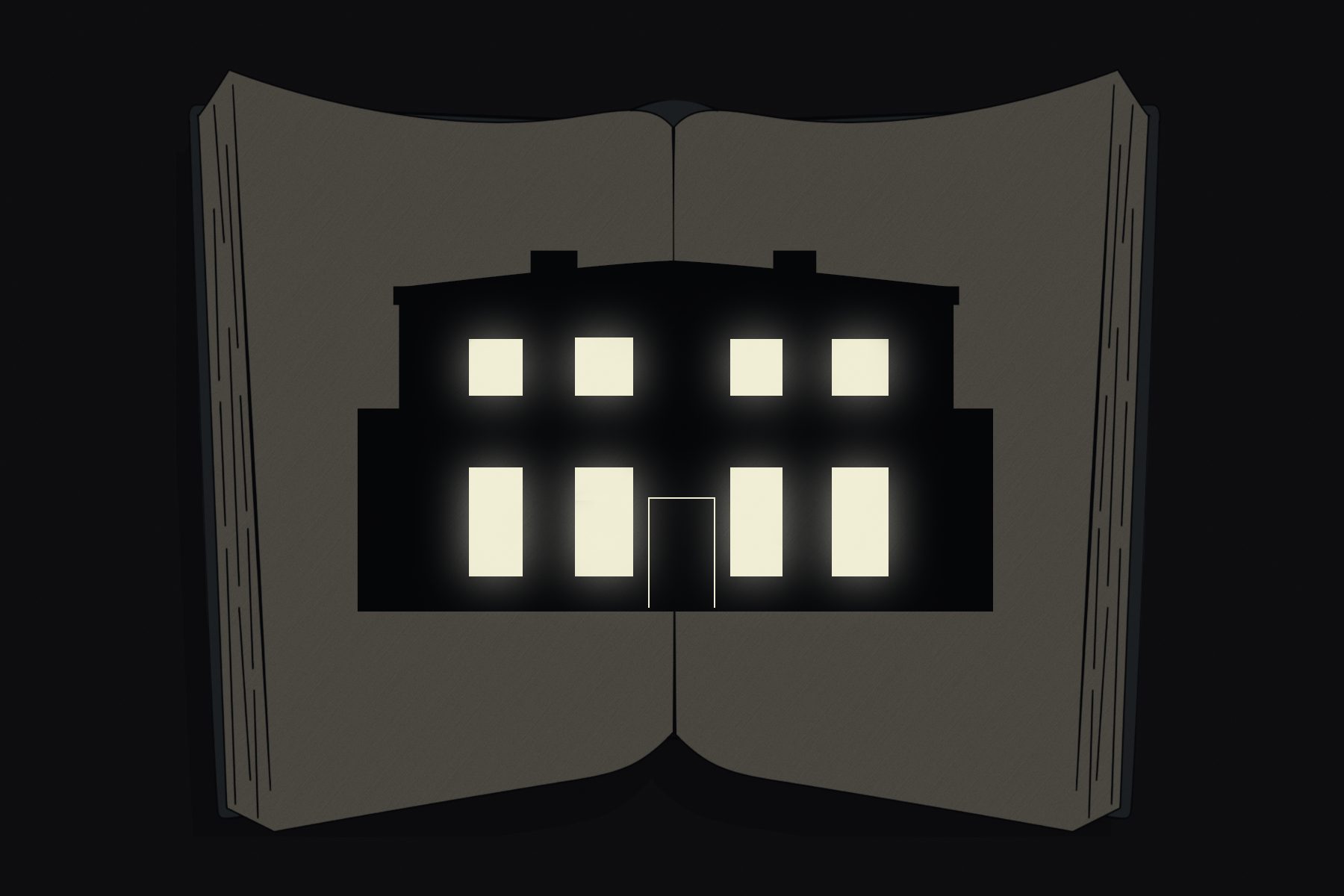James Jenkins and Ryan Cagle started out with a simple mission — make books available again. The couple grew increasingly frustrated with the almost total unavailability of older gay, horror and Gothic fiction. After 15 years of reissuing seminal works by nearly forgotten authors, Valancourt Books stands as one of the most essential publishing companies in the U.S. From historically significant works like J. Sheridan Le Fanu’s “Carmilla” to the nearly forgotten horror novels of Bernard Taylor, Valancourt’s lineup is impressive in its ability to preserve writing on the verge of being left behind.
Rather than existing solely to reissue the favorites of two individuals, Valancourt is highly receptive to fan suggestions. An interview with Weird Fiction Review revealed how an in-person fan suggestion led to Valancourt’s current goal of bringing Philip Ridley’s gay, magical realist novels back into print. The publisher’s openness and constantly evolving reissuing goals prevent any possibility of creative stagnation.
Valancourt’s enthusiasm and openness is supported by a concerted effort to guarantee the releases’ accessibility. The publisher’s ability to look toward the future is present in the care they take in making both audiobooks and e-books available for their titles. The duo’s mission goes beyond just making reprints for a niche, as Valancourt wants its books to appeal to the ravenous fans as well as the unseasoned newcomers. One of their newest endeavors is a search for great untranslated works, which started with the publication of a Dutch work of Poe-esque horror. Valancourt co-owner Ryan Cagle’s efforts in ensuring formerly obscure oddities’ place in libraries and small stores is truly impressive — seeing Ken Greenhall’s ‘70s horror novels pop up in my local library was a complete jaw-dropper.
Valancourt Books' first (re)release under their new Paperbacks From Hell line — THE NEST from Gregory A. Douglas and E. Cantor — is now available: https://t.co/q5prT4suXp pic.twitter.com/PaC3kPW0tW
— Daily Grindhouse (@DailyGrindhouse) April 4, 2019
The care and commitment behind their output is obvious. The new introductions included with many of the releases have the effect of making something forgotten feel indispensable. The people behind their introductions are the scholars and authors who championed the books prior to the reissue. The forewords may serve to highlight a novel’s most admirable features, but they’re also marked by palpable excitement. The introductions’ glowing reviews of the novels are built around a great delight in seeing something rescued from obscurity. In his intro for Michael McDowell’s “Blackwater,” author Nathan Ballingrud displays his appreciation for Valancourt: “‘Blackwater’ is a sprawling, glorious horror novel, too long available only to the dedicated book hounds or in expensive limited runs.”
Valancourt Books feels like a publishing outfit led by two people; there’s an attention to the small aspects of production that are often overlooked — a feeling that comes across most in the way the publisher values evocative cover art. In a 2013 blog post on the subject, Valancourt Books compares the original hardcover art of John Braine’s “Room at the Top” with the cheap, impersonal art of the latest printing. The art for Braine’s novel is a beautiful piece from John Minton, a gay artist who committed suicide shortly before the novel’s publication. The careful consideration at the heart of Valancourt’s blog post makes their passion for aesthetics and the preservation of history evident.
Along with keeping a lot of the best illustrations from past printings, the commissioned art for Valancourt’s lines are striking and aesthetically uniform. The work of artists like M.S. Corley, Pye Parr and Henry Petrides retains the eye-catching immediacy of their pulp roots, which allows the covers of potentially cheesy novels about mutant fungi to be engaging to modern readers. Valancourt’s approach to cover design bridges the gap between old and new ideas of book design, and it will certainly lead many readers to discover their own entryway into the works Valancourt offers.
Proving the old adage that the best things in life are free, you can still grab FREE audiobook downloads of 40 Valancourt titles on https://t.co/dYPQwip8ug. Click on the LGBT or Horror section and scroll through to find them. Happy listening! pic.twitter.com/u28ubPHyY6
— Valancourt Books (@Valancourt_B) January 13, 2020
Valancourt’s horror line, which is also grouped together with sci-fi and fantasy, is the publisher’s most active and popular line. The titles work to foster the renewed interest in the pulpy horror novels of the ‘70s and ‘80s started by the Too Much Horror Fiction blog and Grady Hendrix’s “Paperbacks From Hell,” which is the namesake of Valancourt’s multi-volume reissue series. The horror side of Valancourt is far from just a smorgasbord of thoughtfully-curated trash; reconsidered classics like “Hellhound” and “The Happy Man” are among the finest horror novels I’ve ever come across. Coinciding with Valancourt’s interest in spreading the word on gay fiction and authors, the horror and Southern Gothic titles of gay author Michael McDowell are the most successful novels from the publisher.
Valancourt’s releases often fail to fit neatly into one of their many lines; they release Victorian horror as often as they release Gothic works by gay authors. The goal and interests behind the reissue choices reflects a refined vision, which comes across in the compatibility between the disparate genres and eras of the publisher’s novels. Though the works contain a variety of different tones and settings, the works come together to fill in parts of a distinct organization under Valancourt’s releases.
Although the “gay interest” line isn’t Valancourt’s largest project, the work they’ve preserved under the line is among the publisher’s greatest achievements. Several of the novels from this line were published when homosexuality was punishable by English law. Novels like “The Leather Boys” and “The Plaster Fabric” worked to examine and portray the lives of people whose acknowledgement was taboo even in literature. Alongside these brave and significant works, the line also consists of accomplished genre work from gay authors. Valancourt’s celebration of LGBTQIA+ prose has helped to ensure that these artists’ works can construct a readily available history of gay fiction.
This beauty went on sale today, a cult classic by a controversial gay author. James Robert Baker's BOY WONDER (1988) is one of the funniest books I've ever read. The scene where the sex-crazed donkey attacks Nancy Reagan is alone worth the cover price. https://t.co/PR19qq1uBc pic.twitter.com/IJxJB1Wl3m
— Valancourt Books (@Valancourt_B) January 14, 2020
In several interviews, Ryan Cagle and James Jenkins call their output “weird fiction.” The moniker feels entirely appropriate, as so many of their reissues are composed of works that were seen as lesser in one way or another. Their commitment to creating the best final product is obvious in the way their releases cater to the aesthetes, scholars and collectors. There’s no better place to become reacquainted with the forgotten weird fiction of the past than Valancourt Books.
Correction: Author Michael McDowell was incorrectly identified as Malcolm McDowell in the original copy.
















